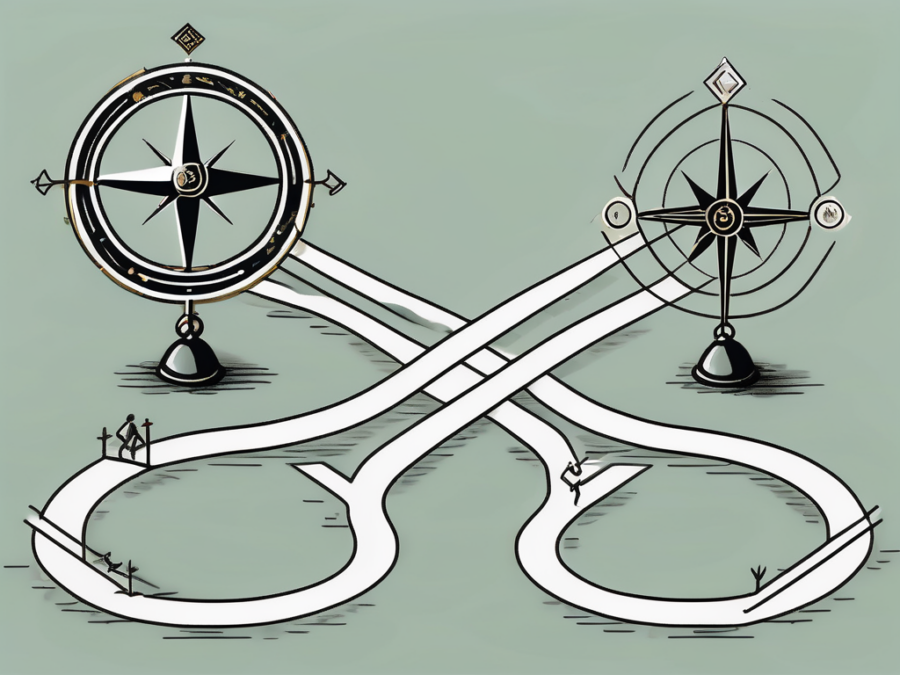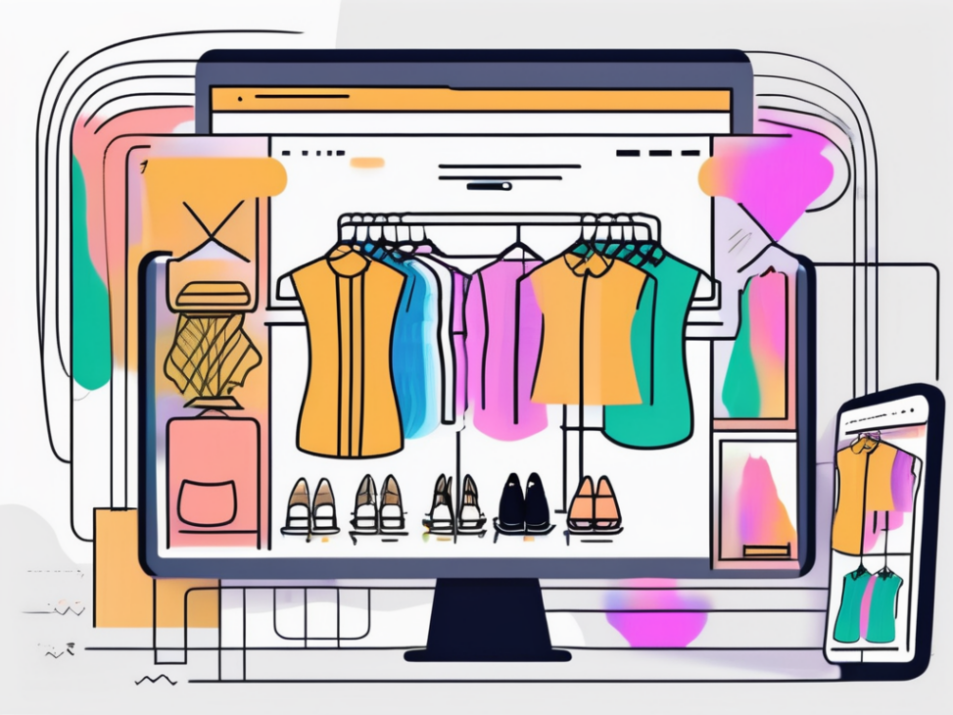The fashion industry, with Artificial Intelligence (AI) and Virtual Reality (VR) technologies leading the way, is undergoing a digital revolution. The advent of Virtual Try-On (VTO) is one of the most exciting developments in this space, a technology that enables consumers to virtually ‘try on’ clothes before making a purchase. This technology reshaped not only the way clothes are shopped for but also how fashion designers and retailers conduct their operations.
The Rise of Virtual Try-On (VTO)
Virtual try-on (VTO) technology gained traction in the fashion industry for several years. Initially, seen as a novelty, a fun way for consumers to engage with brands. However, as the technology improved, it had become a valuable tool for both consumers and retailers.
Virtual try-on provides consumers with the convenience of trying on clothes from home, especially benefiting online shoppers who frequently encounter sizing and fit challenges. By using virtual try-on, they can visualise how a garment might appear on their body, thereby decreasing the chances of returns.
For retailers, virtual try-on can increase sales and reduce costs. By providing a more engaging and personalised shopping experience, it can drive conversion rates. Additionally, by reducing the number of returns, it can save retailers significant amounts of money.
How Virtual Try-On Works
Virtual try-on technology utilises AI and AR (Augmented Reality) to create a digital representation of a consumer’s body. This digital avatar can then ‘try on’ digital versions of clothes.
The process begins with the consumer providing their measurements. This is done manually, or through the use of a 3D body scanner. The AI then uses these measurements to create a 3D avatar of the consumer.
Next, the AI takes a digital version of a garment and applies it to the avatar. It uses complex algorithms to simulate how the garment would fit and move on the consumer’s body. The consumer can then view the avatar from different angles, and even see how the garment would look in different lighting conditions.
The Role of AI in Virtual Try-On
AI plays a crucial role in the functioning of virtual try-on technology. AI creates the digital avatar, simulating the fit and movement of garments, and even predicts what styles and sizes a consumer might like.
Accurately simulating the fit and movement of clothes is one of the key challenges in virtual try-on. This requires a deep understanding of fabric physics and body dynamics. AI algorithms are used to model these complex interactions, ensuring that the digital garments behave realistically.
AI can also personalise the shopping experience. By analysing a consumer’s shopping history and preferences, the AI can recommend styles and sizes that the consumer might like. This can make the shopping process more efficient and enjoyable for the consumer.
The Impact of VTO on the Fashion Industry
Virtual try-on technology impacts the fashion industry more each day, changing how consumers shop and compelling retailers and designers to rethink their strategies.
For consumers, virtual try-on made shopping more convenient and personalised. They can try on clothes from the comfort of their own home, and receive personalised recommendations from the AI. This led to a shift in consumer behaviour, with more and more consumers choosing to shop online.
For retailers and designers, virtual try-on presents both challenges and opportunities. On one hand, it requires them to digitise their inventory, a time-consuming and costly process. On the other hand, it offers them a chance to engage with consumers in a new and exciting way. It also provides them with valuable data on consumer preferences, which can inform design and marketing decisions.
The Future of VTO
As the technology continues to improve, we can expect to see more realistic simulations, more personalised recommendations, and more innovative uses of the technology.
One area where we might see significant progress is the realism of the simulations. With advances in AI and AR, we can expect to see digital garments that look and move almost indistinguishably from real ones. This may make the VTO experience even more immersive and enjoyable for consumers.
Another area of potential growth is in personalisation. As AI algorithms become more sophisticated, they become more accurate and personalised recommendations. This could include not just style and size recommendations, but also colour and pattern recommendations based on a consumer’s skin tone and personal style.
Finally, we might see more innovative uses of virtual try-on technology. For example, where consumers can ‘try on’ the clothes as they are showcased. Or where consumers can try on clothes with friends, even if they are in different locations.
In conclusion, virtual try-on is transforming the fashion industry. With its ability to provide a more convenient, personalised, and engaging shopping experience, AI is set to become a staple in the fashion shopping landscape.



























